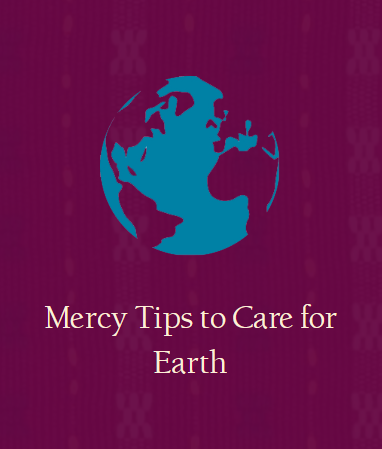By Mike Poulin, Justice Resource Manager
When I was a kid, I loved to check the mailbox even though it was rare that I received something like a letter, a postcard or even a magazine. My parents never seemed very excited about checking the mail. As an adult I understand why: bills, statements, ads. Exciting mail is still a rarity. If the mail carrier still delivers business correspondence to your mailbox regularly, there are ways to reduce the amount of mail you receive. There are environmental benefits to doing so.
Bills and statements
Credit card bills, utility bills, statements from financial institutions and even some medical bills can be received electronically rather than in the mail. Companies may even be inviting you to switch to electronic billing and statements by printing the sign-up link right on the envelopes you are receiving in the mail. Some companies offer an incentive to switch to electronic billing and statements, while others have implemented fees for customers who continue to receive paper correspondence. In addition to the environmental advantages of electronic bills , paying bills and receiving correspondence online is more secure and can be more convenient than paying by mail.
Ads
I can’t think of a time when I received an advertisement in the mail that resulted in my purchasing a product or a service, but the continued presence of junk mail makes me think it must be an effective business strategy. The Federal Trade Commission recommends two tools for opting out of junk mail:
- DMAchoice is a nonprofit organization that helps reduce promotional mail offers from companies or organizations with which you do not have a business relationship. Signing up for the service requires a $5 fee and lasts for 10 years. It won’t affect mail sent from companies you have purchased from in the past.
- Credit card and insurance offers are regulated separately by the major credit bureaus. You can opt out of these ads for five years or permanently at optoutscreen.com. This service is free.
I experienced a significant decrease in the amount of mail I received after taking these steps. There are still advertisements that arrive in my mailbox, but most of it comes from companies I have purchased from in the past. Stopping those mailings requires contacting the individual companies and asking to be removed from their lists.
The junk mail that does make it through ends up in the recycling bin. I used to think that was a good solution for all of the mail I didn’t want, but even though paper recycling is prevalent (up to 68% of paper is recycled annually in the US) and easy (94% of Americans have access to paper recycling programs), reducing the amount of paper we receive via mail can have a variety of positive impacts.
Environmental benefits
While a significant percentage of trees used in the paper industry are grown for that purpose and replanted, the harvesting and production of paper have impacts on the environment. The use of fossil fuels for harvesting and transporting wood and the water and chemicals used for paper production have a carbon footprint and result in air and water pollution. Even as responsible paper producers take steps to achieve more sustainable production, our steps to reduce the demand for paper are beneficial.
The production and delivery of the mail that comes to your home has an environmental impact as well. Consumables such as ink and toner, the operation of durable goods like printers and copy machines, and the fuel and maintenance requirements of delivery vehicles all contribute to the environmental impact of the postal deliveries we receive.
While getting mail was exciting when I was a kid, now I’m grateful for days when I don’t receive anything in the mail.








